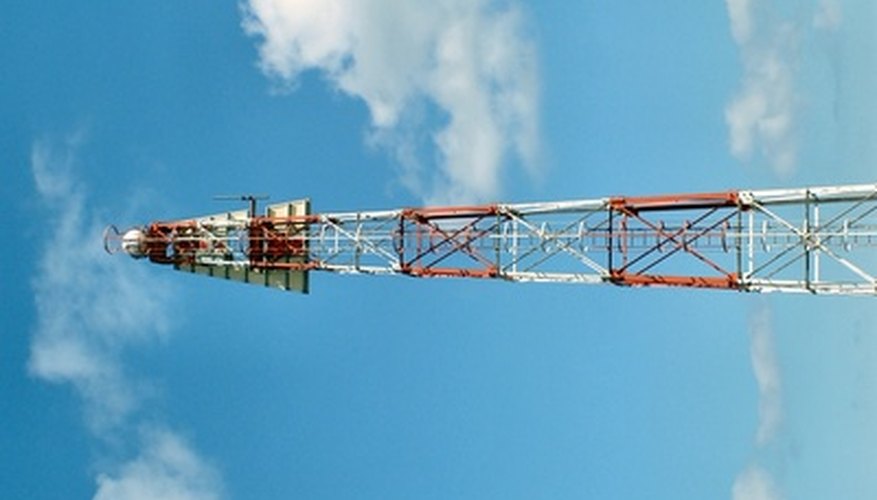FM, or frequency modulation, frequencies run at 200 kHz intervals from 88MHz to 108MHz. The odd internals, such as 92.9 and 107.7, allow for minimal interference. A homemade aluminium foil antenna is a cheap and easy way to boost the reception of those signals to a FM radio.
- FM, or frequency modulation, frequencies run at 200 kHz intervals from 88MHz to 108MHz.
- A homemade aluminium foil antenna is a cheap and easy way to boost the reception of those signals to a FM radio.
Significance
FM radio signals are released in a straight line. This means that the farther away a radio, or receiver, is from the FM station, the higher the antenna must be to get the signal. A homemade antenna made from aluminium foil is used to extend the height of the receiver to reach FM signals.
Methods
There are two common methods to create a homemade FM radio antenna from aluminium foil. The first method is to attach a simple aluminium foil flag to the end of the current antenna. According to Broadcast Board of Governors, two pieces of aluminium foil, that are the same size in length and width as the radio receiver, can be used to create a homemade interference-reducing antenna by placing one underneath the receiver and attaching one off to the side.
Considerations
An antenna, whether homemade or purchased, is just one part of a FM radio. The FM Reception Guide suggests that in addition to an antenna, a quality FM tuner or receiver and a coaxial cable that runs from the antenna to the tuner will contribute to the success of the aluminium antenna.
